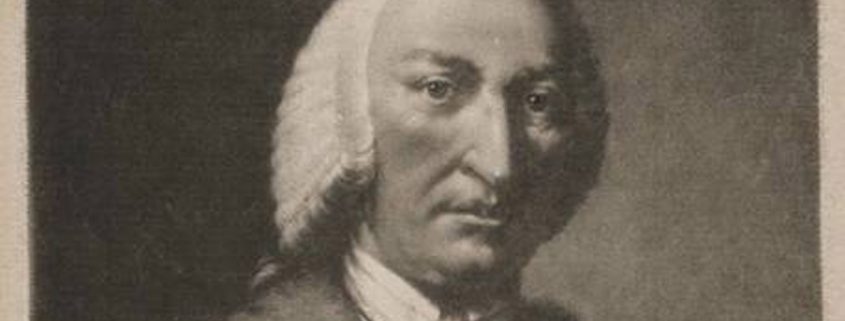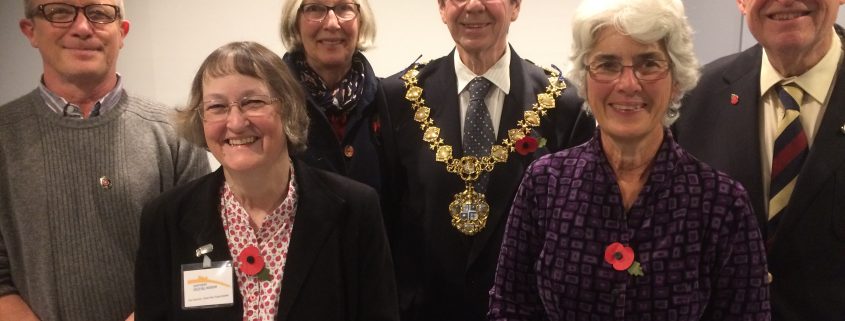Wealth, Power and a Sex Scandal in the next Gold Hill Museum talk
A former Lord Mayor of London will present his research into two local landowners who enjoyed influence and massive wealth, before a sex scandal forced one of them into exile. Next month Gold Hill Museum is hosting Sir John Stuttard’s talk on the 18th century lives of Alderman William Beckford and his son William.
“Both of them were the wealthiest commoners in England in the 18th century,” said Sir John. “One was a great politician and the other was the greatest fine art collector of all time.” As a former Lord Mayor of London Sir John became interested in Alderman Beckford, who held that position twice.
Alderman Beckford, the father, was elected MP for Shaftesbury in 1747 but, unlike today’s politicians, he would have had little contact with townspeople. Shaftesbury’s parliamentary seat was termed ‘a rotten borough’, where the wealthy or the aristocracy effectively decided who was elected and how they voted in parliament.
Beckford was politically savvy though and saw an opportunity with the growing movement for political reform. “The Alderman’s three addresses to George III were all about the King abolishing parliament and preventing these rotten boroughs. Yet, earlier, Beckford had been elected as an MP to a rotten borough. He is an enigma,” mused John.
Alderman Beckford’s free trade ideals made him very popular in the City of London, and that’s why he’s the only Lord Mayor with his own statue. But Beckford’s liberal views might seem at odds with the source of his wealth – Jamaican sugar plantations.
If tabloid newspapers had existed in the 18th century, the lifestyle of the Alderman’s son William would probably have filled the front pages.
“He was bisexual,” John explained. “He had a relationship with a boy who was eight years younger than he was. There was a scandal associated with letters that he wrote to the boy. He was shunned by the aristocracy,” said John. “He was about to be offered a barony but he didn’t get a peerage.”
Beckford went into voluntary exile to Portugal. When he returned to Fonthill he began constructing a stately home that would reflect his immense wealth.
Fonthill Abbey sported a 90 metre-high tower, briefly. The structure collapsed due to construction problems. Very little of Beckford’s grand country home has survived. Eventually Beckford had to sell his entire art collection and the Fonthill Estate.
“He blew a huge fortune,” said John. “It was his money and he spent it.”
Sir John Stuttard will give his illustrated talk on The Two Beckfords of Fonthill at Gold Hill Museum on Tuesday 05 December at 2.30p.m. Lectures are free to members and admission for visitors is £3, on the door.



